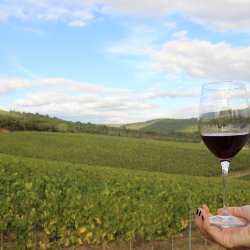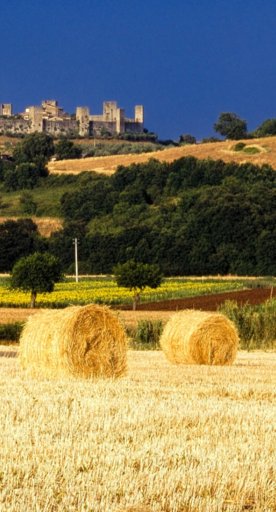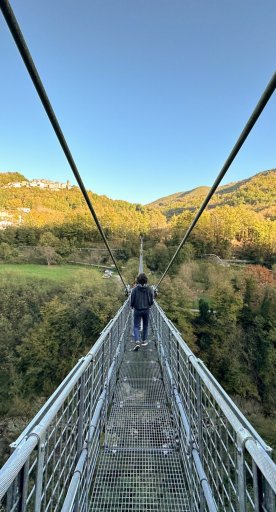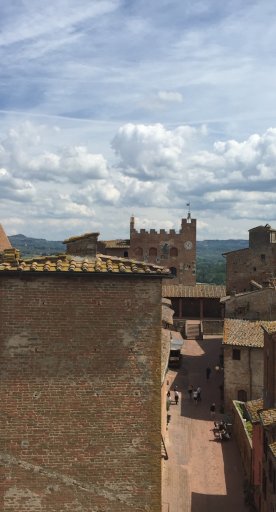Journey in Chianti: 2 routes among villages and vineyards
Via Cassia and Via Chiantigiana: explore this unique territory following the two main routes
The Chianti area, with its succession of incredibly beautiful hilly landscapes, is located in the heart of Tuscany. Administratively divided between Florence and Siena, during the Middle Ages it was bitterly disputed between the two rival cities, until in 1555, the Medici imposed their hegemony over the whole of Tuscany.
Medieval villages, castles, churches, abbeys, monasteries, farmhouses and villas follow one another in a fantastic itinerary that reveals the industriousness and inventiveness of humankind. Centuries of work have shaped the hills of this region, where the alternation of vineyards with olive trees and woods creates a unique harmony.
The proposed itineraries follow the two main routes that cross the Chianti area: Via Cassia and Via Chiantigiana.
-
1.Via Chiantigiana
-
2.Via Cassia
Via Chiantigiana

Via Chiantigiana is a more agricultural route that crosses the entire length of the classic wine-growing region. By whatever means you visit, be it car, motorbike or bicycle, you will encounter an unforgettable landscape that's always varied and harmonious, rich in so many different colours and atmospheres as the seasons change.
The route starts from Bagno a Ripoli and then reaches Ponte a Ema, Grassina, Strada in Chianti and finally, Greve in Chianti, where a market is held every Saturday morning in the central Piazza Matteotti, dominated by the statue of the explorer Giovanni da Verrazzano. Don't miss out on a delicious visit to the Antica Macelleria Falorni, a typical Tuscan butchers that has been active for over two hundred years.
And make sure to walk in the small and timeless village of Montefioralle.
Via Cassia

Nowadays, Via Cassia does not correspond, at least the Tuscan stretch, to the ancient Roman road or even to the medieval route of the Via Francigena that ran along the Valdelsa. However, it was an important communication route that pilgrims and merchants from Florence traveled to reach Francigena in Poggibonsi.
Today, it starts from the Certosa del Galluzzo in Florence, the historic monastery founded in the fourteenth century and inhabited by a group of Benedictine monks from Circestensis. Important works of art are preserved here, including five lunettes with scenes of the Passion frescoed by Pontormo between 1523 and 1525 during his stay here to escape the plague that struck Florence.
From here, you reach San Casciano in Val di Pesa and then, continuing through the vineyards, Castello di Bibbione for a view from above of the Val di Pesa. Don't miss a visit to Badia a Passignano in Barberino Tavarnelle, the splendid fortified monastic complex, and to the Castle of Tignano.




















































